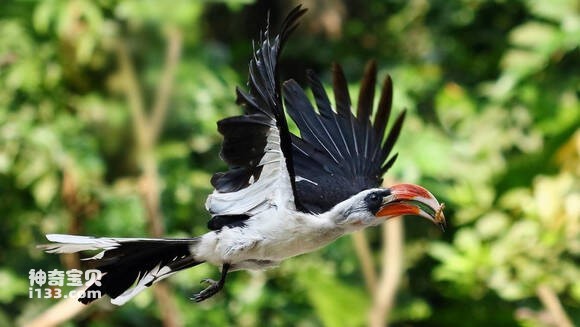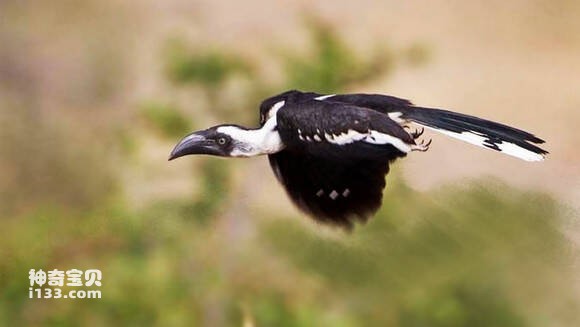Tockus deckeni
IUCN
LCBasic Information
Scientific classification
- name:Tockus deckeni
- Scientific Name:Tockus deckeni,Von der Decken's Hornbill
- Outline:Climbing birds
- Family:
Vital signs
- length:About 50 cm
- Weight:No textual research information is available
- lifetime:No textual research information is available
Feature
Distribution and Habitat
The hornbill is found in central and southern Africa (including the southern Arabian Peninsula and the entire continent south of the Sahara Desert (Tropic of Cancer).
It lives in bramble scrub and similar arid environments.
Appearance
The hornbill is small, 50 cm. Head and abdomen white, upper body black. Long tail long curved mouth, and curved mouth without a crown. The appearance is very similar to the red curved bill, but the noticeable difference is the color of the bill and the absence of covering spots on the wings. The sexes differ, with the female having a black beak, while the male has a red beak with a creamy white tip and a black edge.
Details
Tockus deckeni, also known as Von der Decken's Hornbill, is a tropical, near-passerine hornbill found in East Africa, named after the German explorer Baron Von der Decken (1833-1865).

During their incubation period, they usually lay two or three white eggs, which are made of a cement-like mixture of soil, feces and pulp to form a wall over the hole in the tree, leaving only a small hole for the male to feed the mother and the chicks. When the chicks are too big for the burrow, the female pecks through the mud wall, re-pastes the wall, and then the male and female raise the chicks together.

Listed on the International Union for Conservation of Nature (IUCN) Red List Protection Level: Not Threatened (LC).

Protect wild animals and eliminate wild meat.
Maintaining ecological balance is everyone's responsibility!








